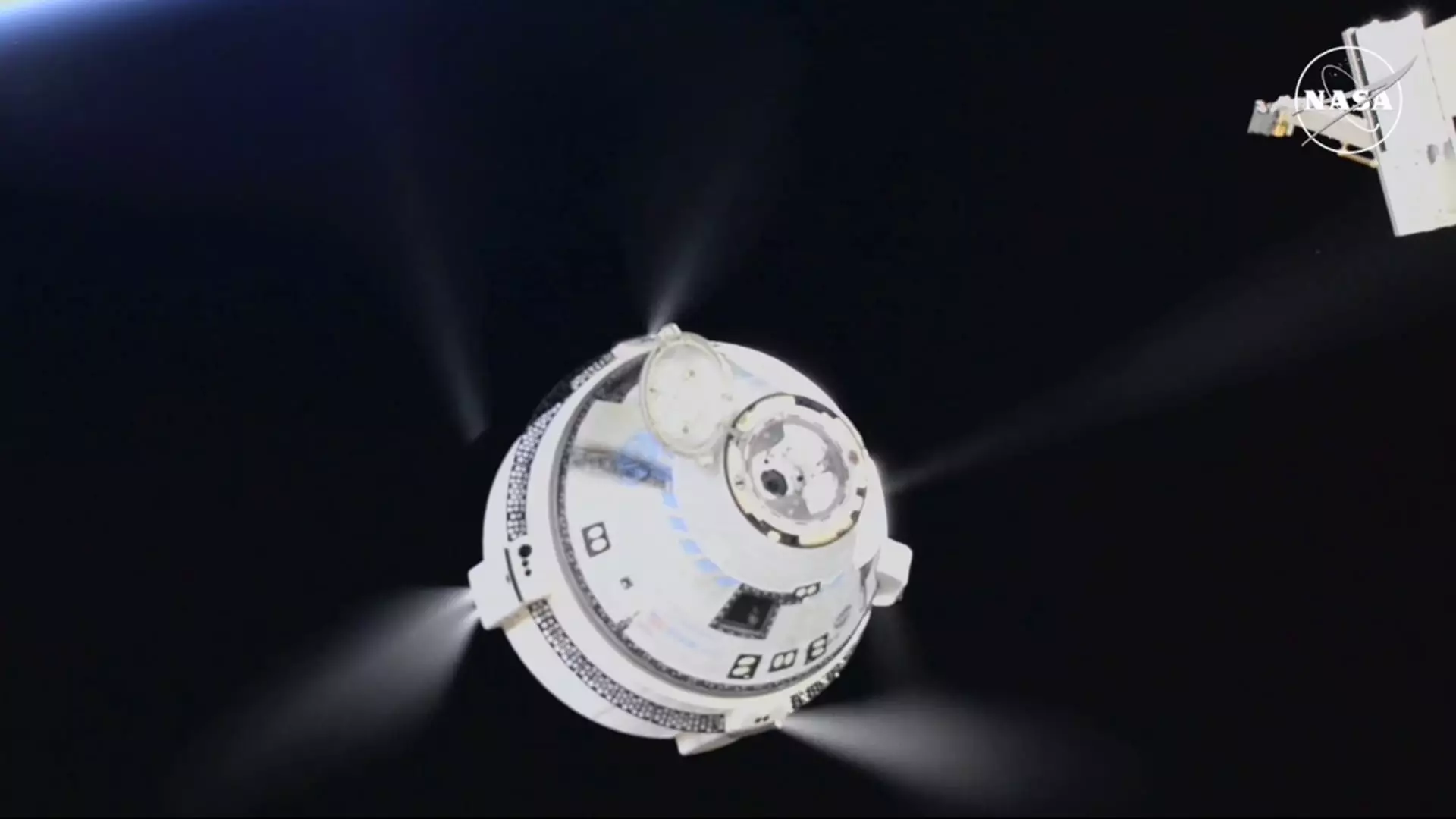Boeing’s Starliner capsule, which was supposed to undock from the International Space Station much earlier, finally left the ISS without the two astronauts it had initially delivered. This unexpected turn of events left NASA test pilots Butch Wilmore and Suni Williams at the ISS for an extended period, with plans to return to Earth aboard SpaceX’s Dragon spacecraft in February.
The return of Boeing’s Starliner capsule, named “Calypso,” marked the conclusion of a test flight that lasted much longer than anticipated by NASA. The delays were attributed to data collection efforts regarding the spacecraft’s propulsion system issues. Originally scheduled for a nine-day mission, the spacecraft ended up spending over three months at the ISS while Boeing engineers investigated the thruster problems.
Boeing’s Starliner encountered various setbacks during its time at the International Space Station. Despite assurances from Boeing officials that the capsule was safe for crewed flights, NASA decided to send it back empty to further analyze the root causes of the issues. This decision has set back Boeing’s progress in NASA’s Commercial Crew Program and raised concerns about the company’s future involvement in space missions.
The delayed return of the Starliner capsule has not only impacted Boeing’s standing in NASA’s Commercial Crew Program but also raised questions about the reliability of their spacecraft. With significant financial losses already incurred, Boeing’s future participation in crewed missions to the ISS could be jeopardized. The setback also affects NASA’s plans for having multiple companies capable of flying missions to the space station.
The troubled return of Boeing’s Starliner capsule highlights the complexities and challenges of space travel. The unexpected delays, technical issues, and changes in mission plans underscore the importance of thorough testing and preparation in ensuring the safety and success of space missions. Boeing and NASA will need to address the root causes of the problems faced during this test flight to prevent similar issues in future missions.


Leave a Reply